For 21 years, Oprah Winfrey’s talk show was filmed in a fairly nondescript building in Chicago named Harpo Studios. The only hint a world-famous television series was taking place inside was the giant ‘O’ perched atop the entrance. It was here that Winfrey played host to a coterie of famous guests, including a couch-jumping Tom Cruise, an enigmatic Nelson Mandela and, in 2004, the unassuming Australian gynaecologist Dr Catherine Hamlin.
The studio was a far cry from Addis Ababa in Ethiopia, where Catherine ran a foundation for women dealing with the complications of obstructed and unassisted births. Still, if Catherine was nervous at appearing on a show viewed by 49 million, she didn’t show it. Walking confidently in a neat suit, she took a seat on Oprah’s couch and shared her story.
The audience was moved to tears as she described the young Ethiopians suffering six-day labours without the support of midwives, only to be left with a fistula hole in their body, constantly leaking bodily fluid. Catherine left Harpo Studios with a “skirtful” of donations handed over by heartbroken audience members.
For her part, Oprah asked Catherine how much it cost to run the hospital for an entire year and promptly wrote the doctor a cheque for $450,000 US.
The irony is that Oprah didn’t initially want to do the segment.
“The fistula is a hole that is left in a woman’s body and she’s dripping urine? Let me humanise that, let’s make that palatable,” Oprah recalled. “I wasn’t thinking I could do that.”
But she realised Catherine’s cause was too moving and too essential not to spotlight. “I believe that this is God’s work on Earth, what you are doing,” an awe-struck Oprah told her.
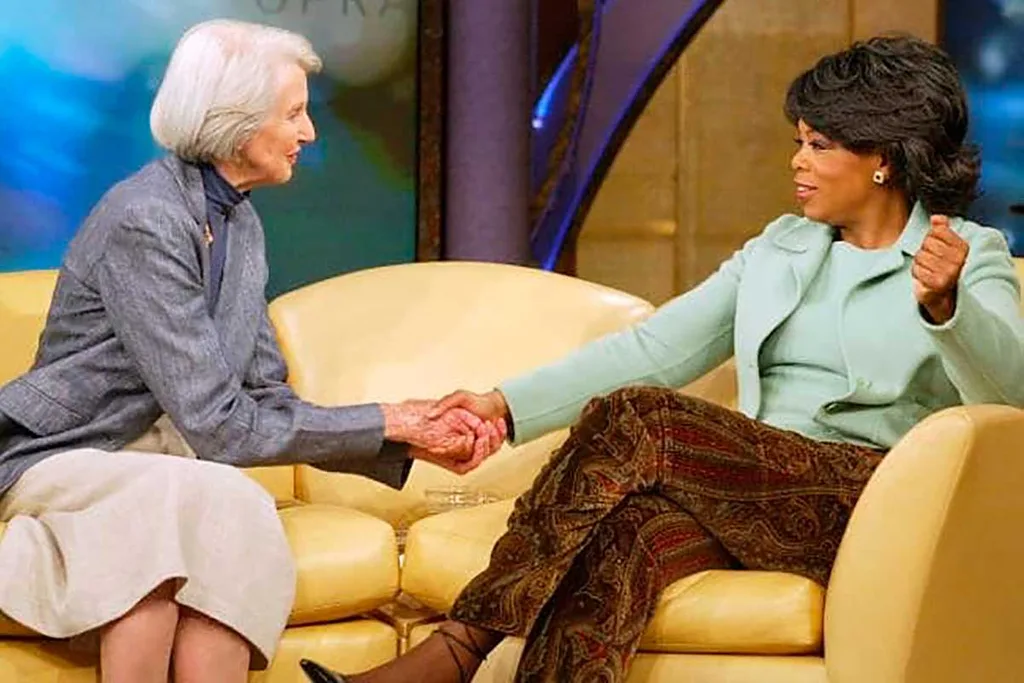
Elinor Catherine Nicholson was born on January 24, 1924, and was raised in the Sydney suburb of Denistone. As a child, Catherine loved horseriding and sailing, and decided in her last year of boarding school that she wanted to become a doctor. She attended the University of Sydney, where her reputation was for equal parts brilliance and vivacity.
“[Her] regal carriage is upset only by periodical shrieks of laughter and loud comments at inappropriate moments,” Catherine’s yearbook read. “Her amazing sense of humour and her capacity for making a good story out of anything provide excellent entertainment.” Alison Morgan, Catherine’s niece and associate professor of maternal health at the University of Melbourne, recalls her aunt’s “great laugh that would peal out”. “She would tell self-deprecating stories,” Alison adds. “She was really good company, always loving and caring, but would always say what she thought.”
She was also, according to Dame Quentin Bryce, the former governor-general of Australia and Catherine’s friend since their first meeting in 2009, a great correspondent. “She wrote wonderful letters,” Quentin recalls. “I feel privileged to have known her.”
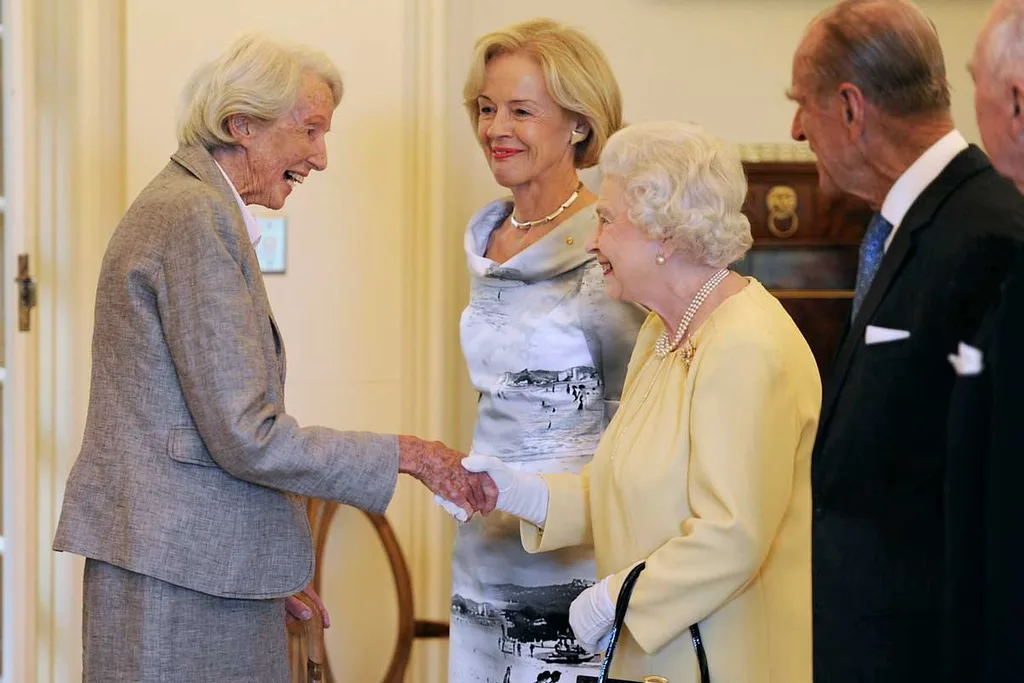
One of Catherine’s first jobs, in 1948, was at Crown Street Women’s Hospital in Sydney’s Surry Hills. The hospital delivered about 5000 babies a year and was presided over by Dr Reginald (Reg) Hamlin, a war hero whose passion and skill endeared him to every woman who walked through the doors … including Catherine. She joined the hospital as its first female resident, and enjoyed what she described in her book The Hospital by the River: A Story of Hope as a “lively social life”, culminating in a marriage proposal that she “did not consider seriously”. Reg, however, was different. Despite their 15-year age gap, the pair bonded over faith, their love of medicine and a desire to make a difference in the lives of women.
In their early courtship, they kept their relationship secret, exiting the hospital at different times to go to the cinema. But the jig was soon up: Reg, who lived above the hospital, was caught flirting with Catherine over the building’s intercom. After six months, Reg proposed, but Catherine, who planned to move to England, told him that she would write from London with her response. She couldn’t wait that long: when the ship first berthed, in Perth, she sent Reg a letter happily accepting. They married a year later.
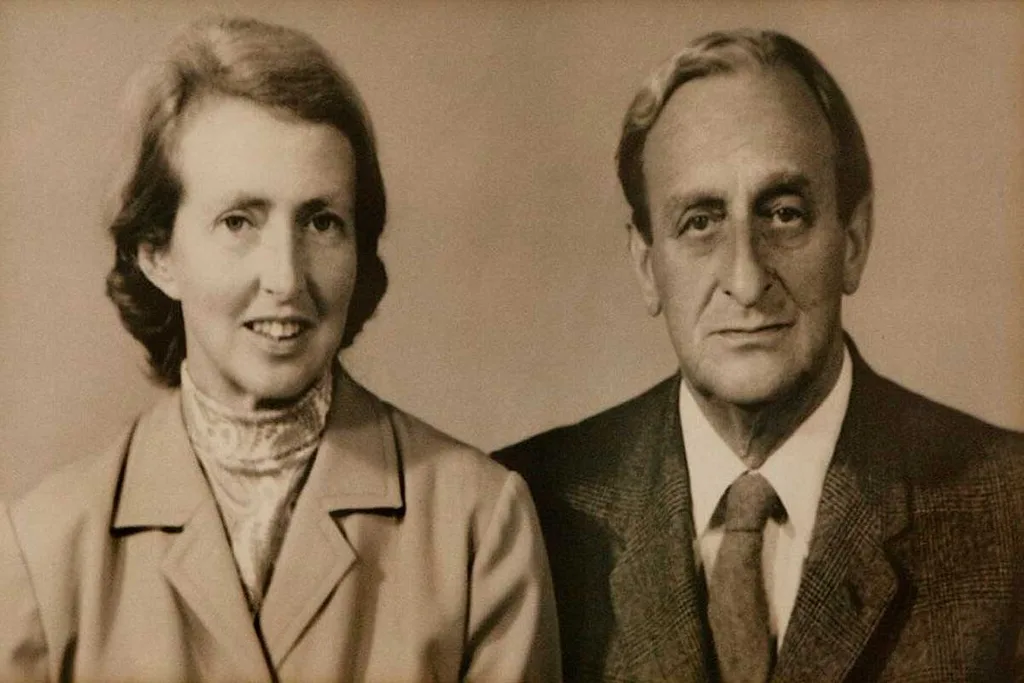
After their wedding, Catherine, then 26, and Reg, 41, practised medicine in England, Hong Kong, Sydney and Adelaide, before spotting an advertisement seeking a gynaecologist to open a midwifery school at Princess Tsehai Memorial Hospital in Addis Ababa, Ethiopia. In 1959 – with Richard, their six-year-old son in tow – the Hamlins boarded a rickety plane in Djibouti en route to their next destination. “We did not know then that we were embarking upon our life’s work,” Catherine wrote in her book.
Before arriving in Addis Ababa, Catherine had never seen a fistula. This is because they are a result of a combination of risk factors – early marriage, obstructed, unassisted and long labours – that are rare in developed countries. But in Ethiopia, fistulas were an epidemic. Between 36,000 and 39,000 women live with a hole in either their bladder or rectum, leaking fluid and causing them shame and distress, with about 3000 new cases appearing every year. Some of Catherine’s patients were in their early teens, others had lived with urine dripping from their body for 40 years. Many had walked hundreds of kilometres from their villages to reach the hospital for treatment.
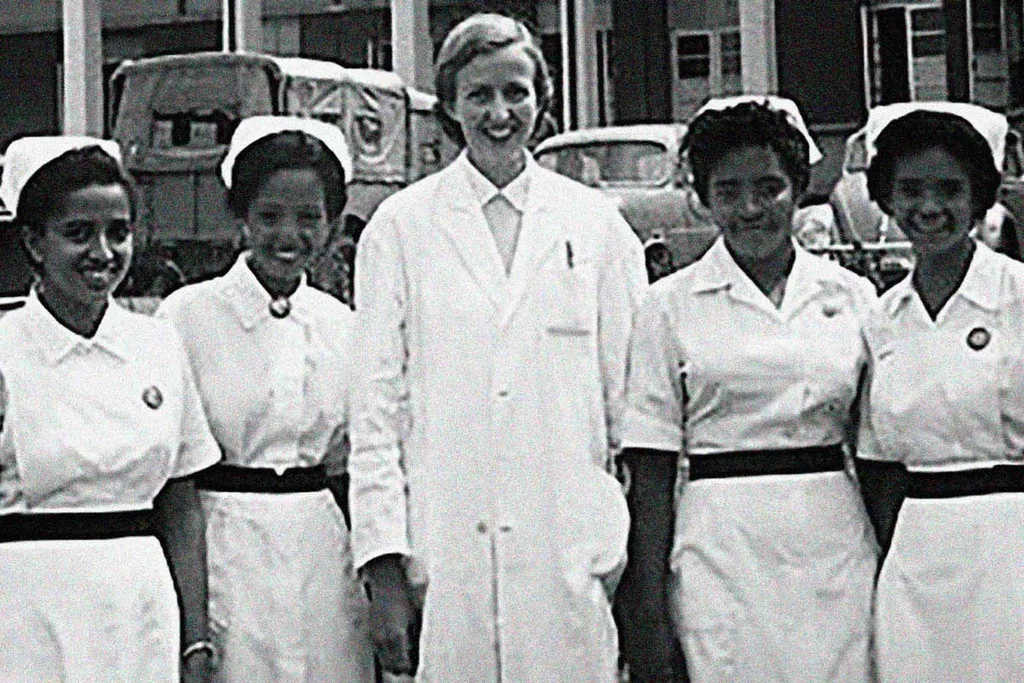
What the Hamlins soon realised was that, with the right operation, many fistulas were curable. Studying from historic textbooks and seeking advice from colleagues in the field, Catherine and Reg began operating on fistula patients, first at the Princess Tsehai Memorial Hospital and later at their own Addis Ababa Fistula Hospital, which they opened in 1975. At the time, Ethiopia was embroiled in a civil war that only ended in 1991. The ceasefire was still dangerous: soldiers began firing bullets in the streets and expats were advised to shelter at the British Embassy. By then, the Hamlins were living in a house at the foot of the hospital. When Catherine was asked whether she would flee to the embassy, she demurred, “We feel safe here and, in any case, I do not wish to leave our patients.” And so she stayed, knitting on her sofa as the bullets rained down.
In August 1993, Reg died of a rare type of cancer called fibrosarcoma, which causes tumours to grow inside muscular tissue. Catherine was devastated. Having lived and worked alongside him for about 45 years, she felt overwhelmed by the loss and the prospect of running the hospital on her own. But not only did Catherine continue, she fortified their work. To date, more than 60,000 women have been cured of their fistulas in one of the six hospitals she has built. She also opened the Hamlin College of Midwives in 2007, with a view to preventing fistulas from ever occurring again in Ethiopia. Since its launch, the organisation has trained hundreds of women and safely delivers tens of thousands of babies each year. According to the foundation, Catherine’s vision of fistula eradication will be achieved by the year 2030.
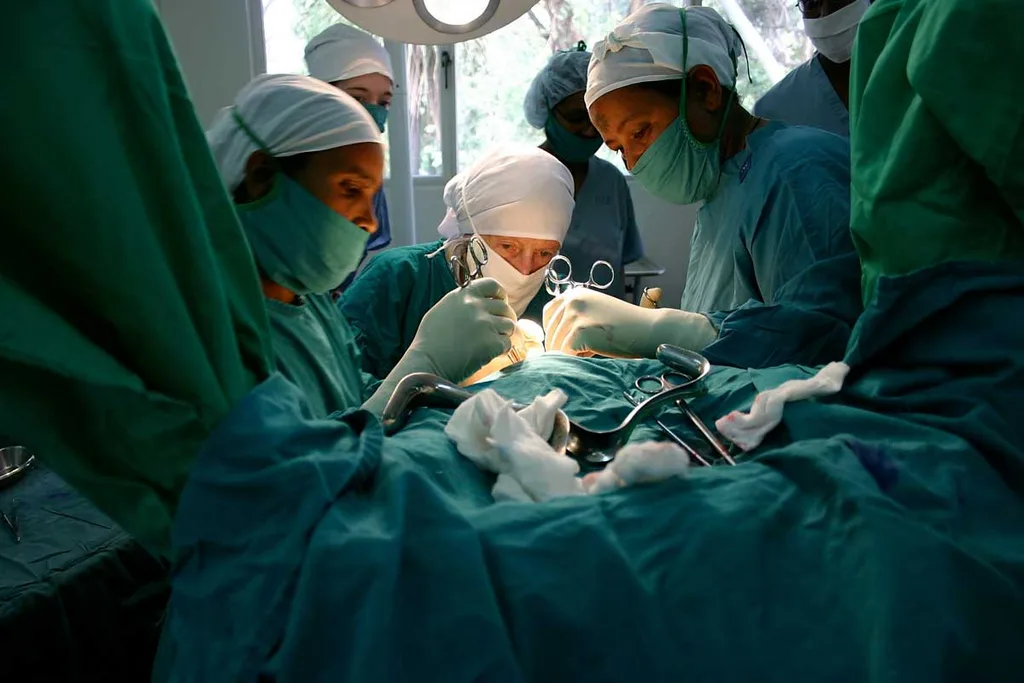
“She did all of this by herself,” says Carolyn Hardy, CEO of the Catherine Hamlin Fistula Foundation. “She did it without the backing of a big institution. She stayed there through coups and wars and unrest and never wavered once in all those years.”
Catherine was still operating well into her 80s, and only gave up surgery just before her 90th birthday because she was losing her balance. Even in her final few months, Catherine walked the 67 steps between her house and the hospital every day as she had always done. “I can see her now,” Quentin recalls, wandering through her “joyous” and “beautiful” hospital “in those Liberty-print shirts that she wore”.
She died on March 18, 2020, at the age of 96. The coronavirus pandemic disrupted the plans for Catherine to receive a state funeral in Ethiopia, so she was buried privately instead. But the procession between the church and the cemetery in Addis Ababa, where Catherine was interred alongside Reg, was lined with people, many of them Catherine’s former patients.
“They called her ‘Emaye’,” Carolyn explains, a word that means mother in Amharic. “She was so loving, caring and compassionate. They see her as the person who changed their life.”
For more information, visit hamlin.org.au
This article originally appeared in the September 2020 issue of marie claire.
 Image copyright Lucy Bloom
Image copyright Lucy Bloom









